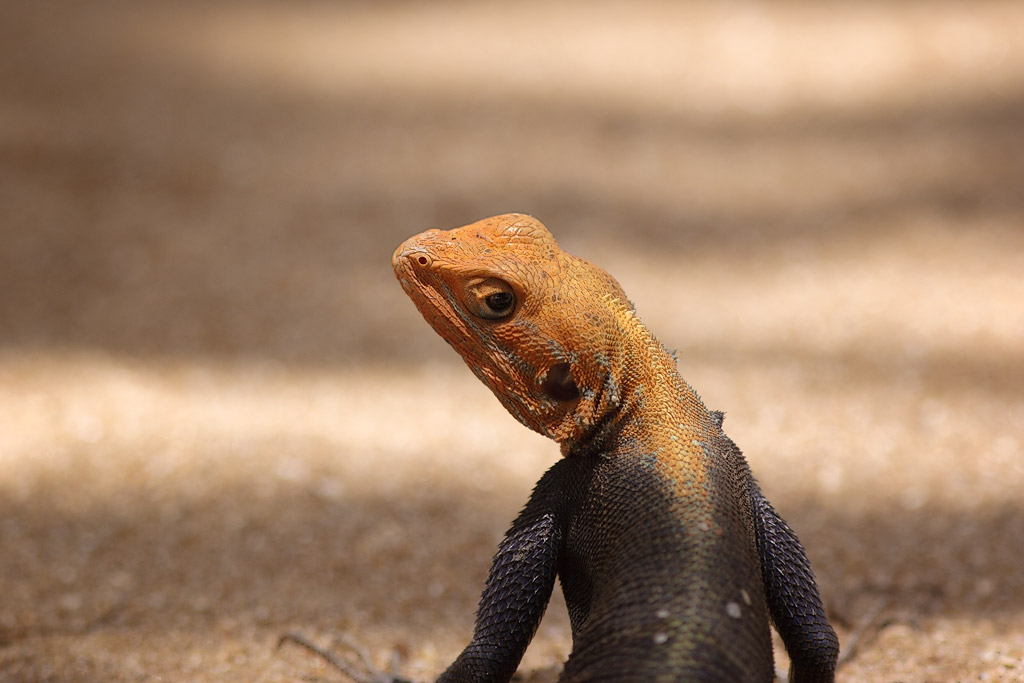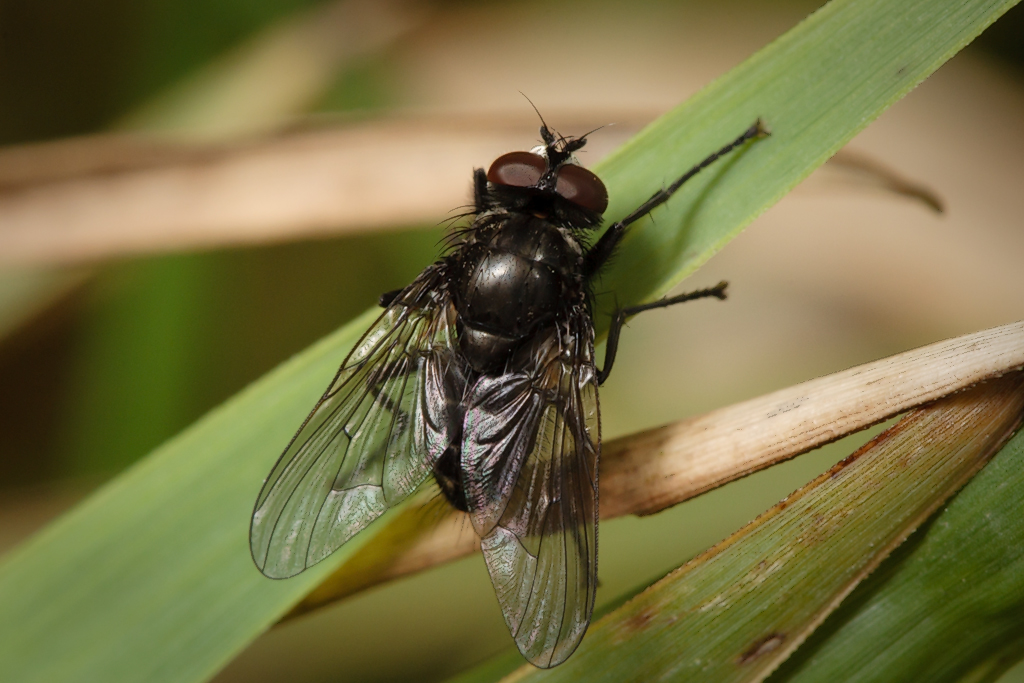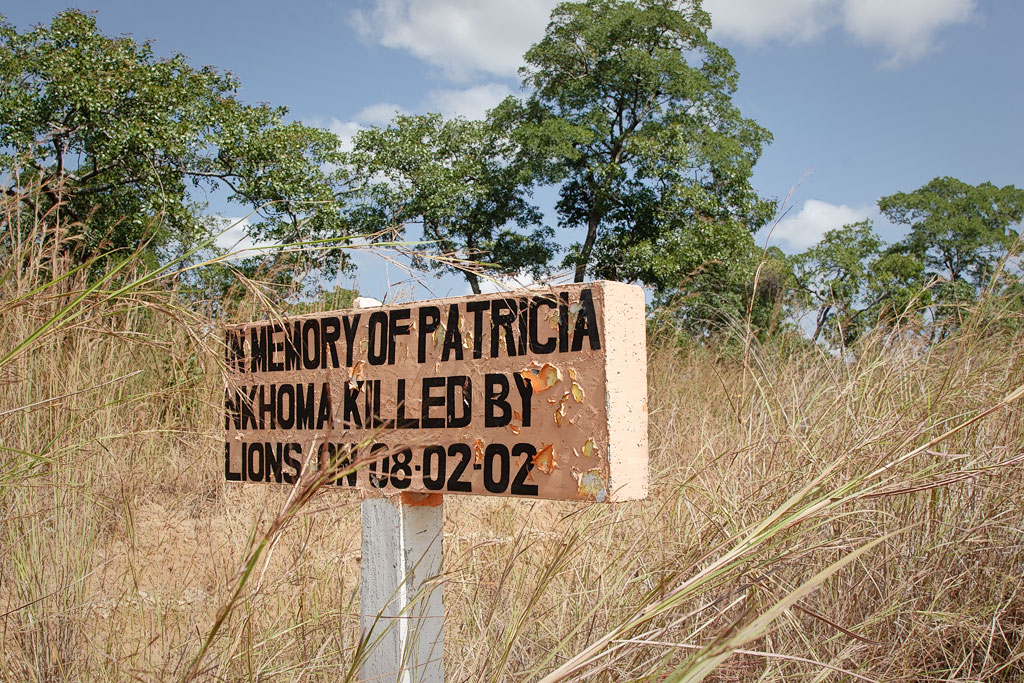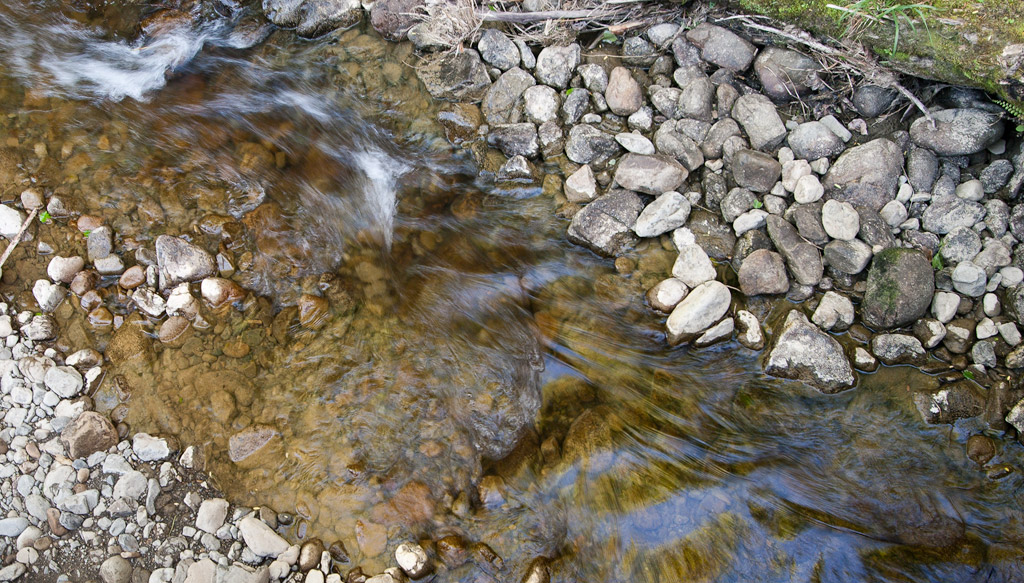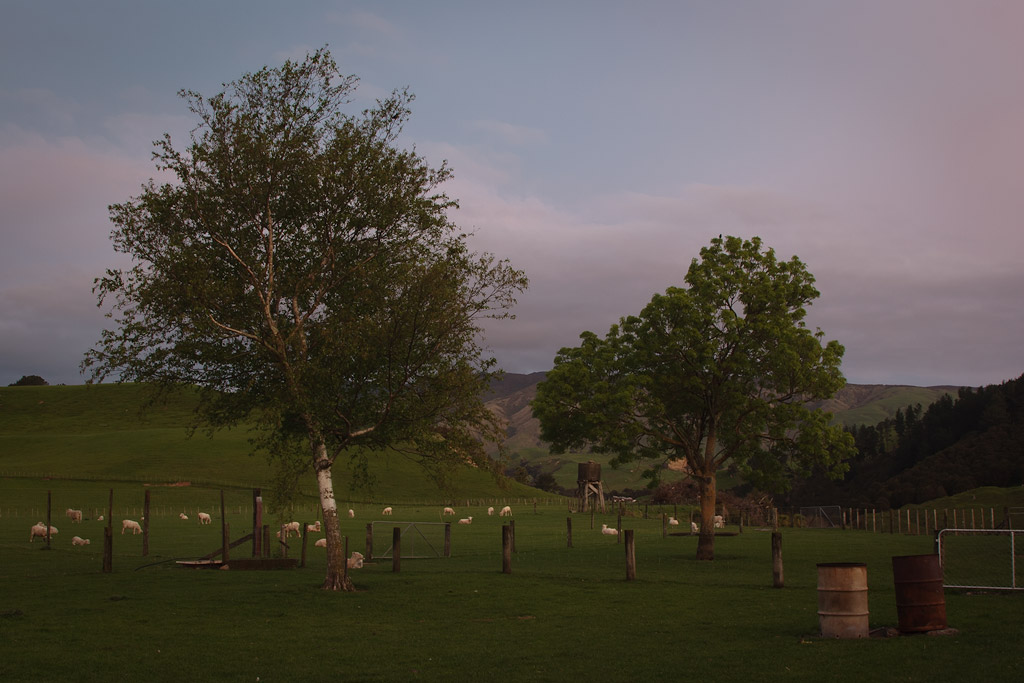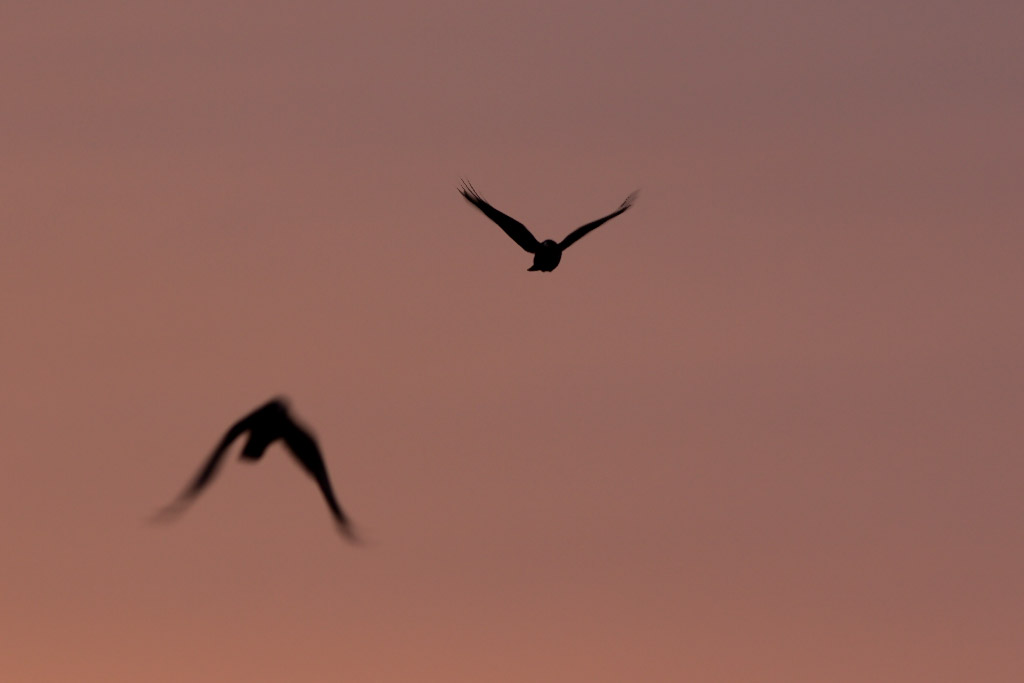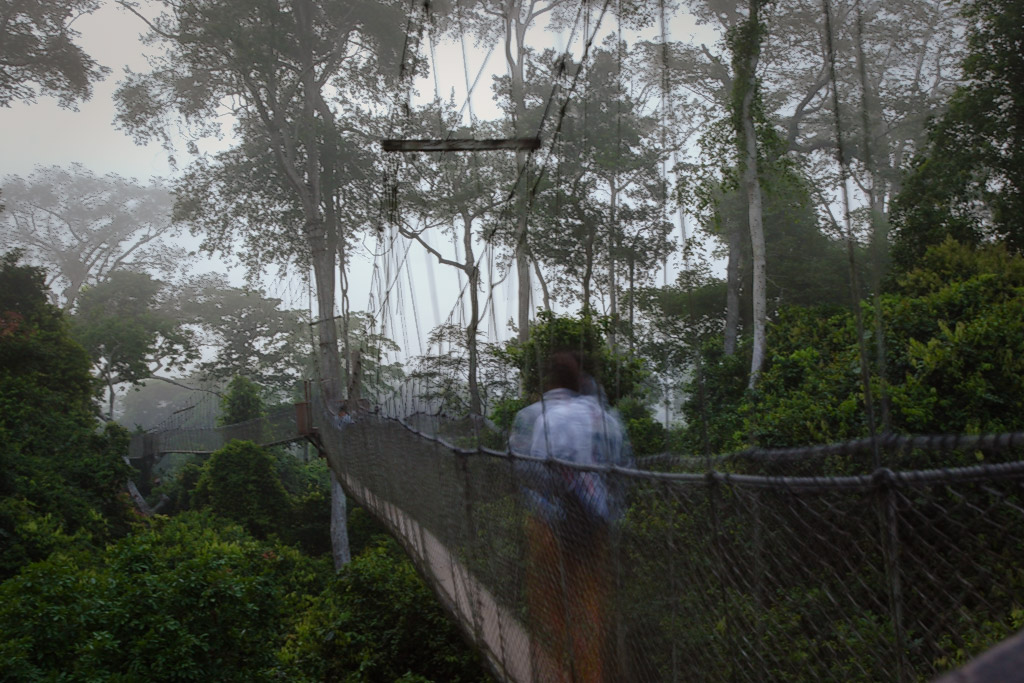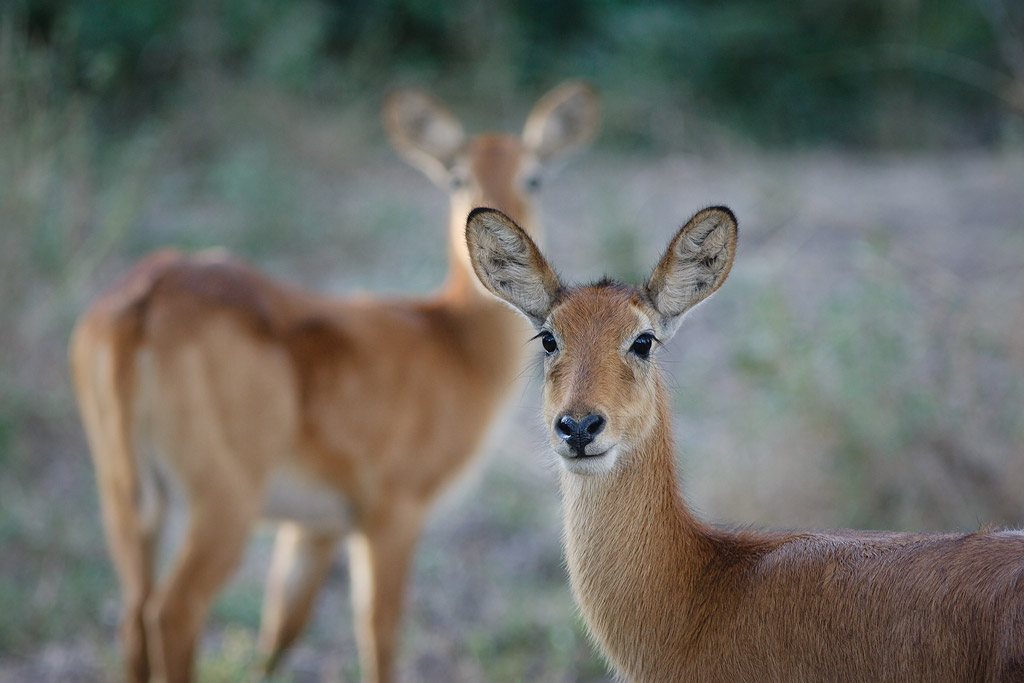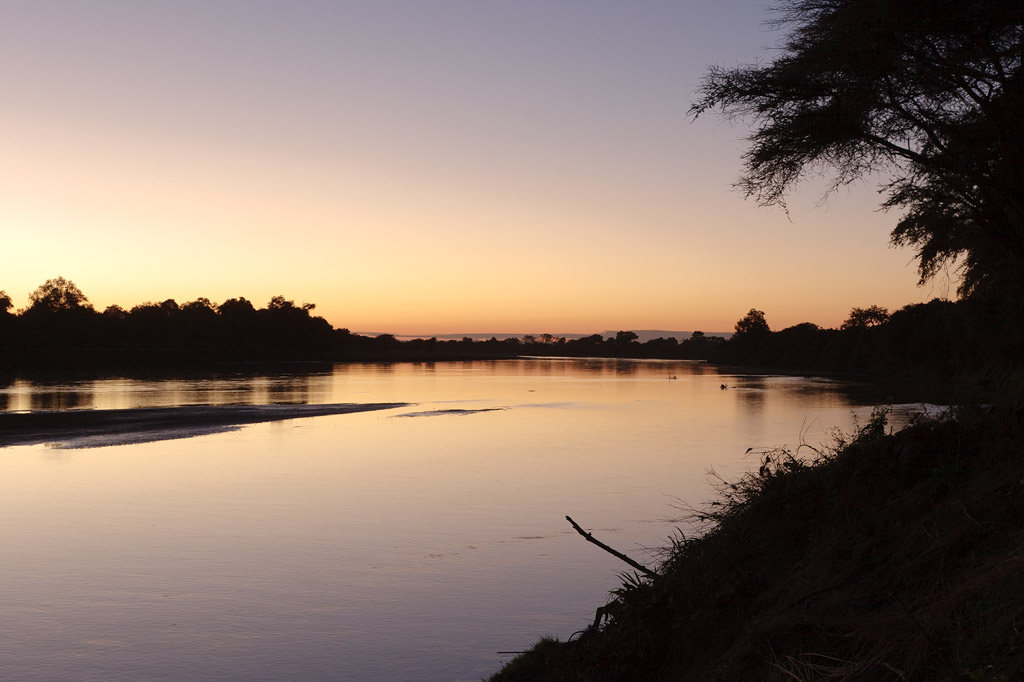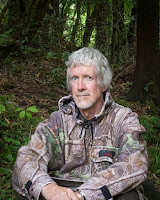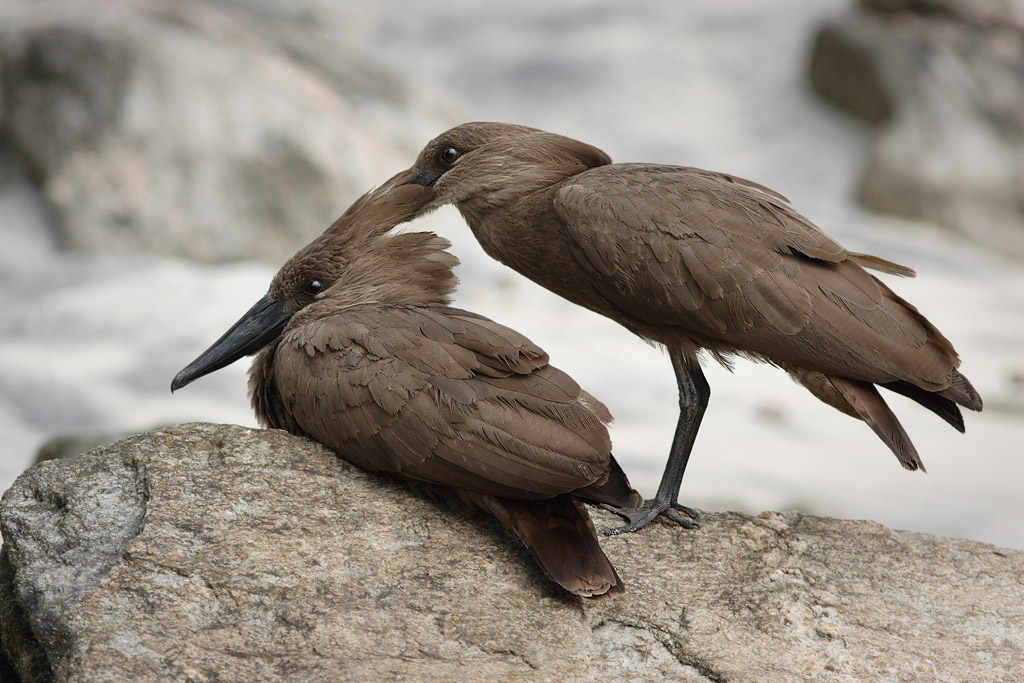
To me, the " Christmas controversy" seems analogous to arguing over the identity of the singing bird, with the beauty of the song drowned out by the strident voices. But rather than merely tolerating others' beliefs, how about trying to understand them. The difference is substantial.
Merry Christmas/Yule/Holidays/Whatever-you-like-to-call-it. Thank you for visiting, and a special thanks to those of you who comment regularly and so generously. See you in the New Year
:^)
[25 May 2007, Canon 20D, 300 mm f4 L IS, ISO 200, 1/400 at f6.3]
All content © 2010 Pete McGregor






